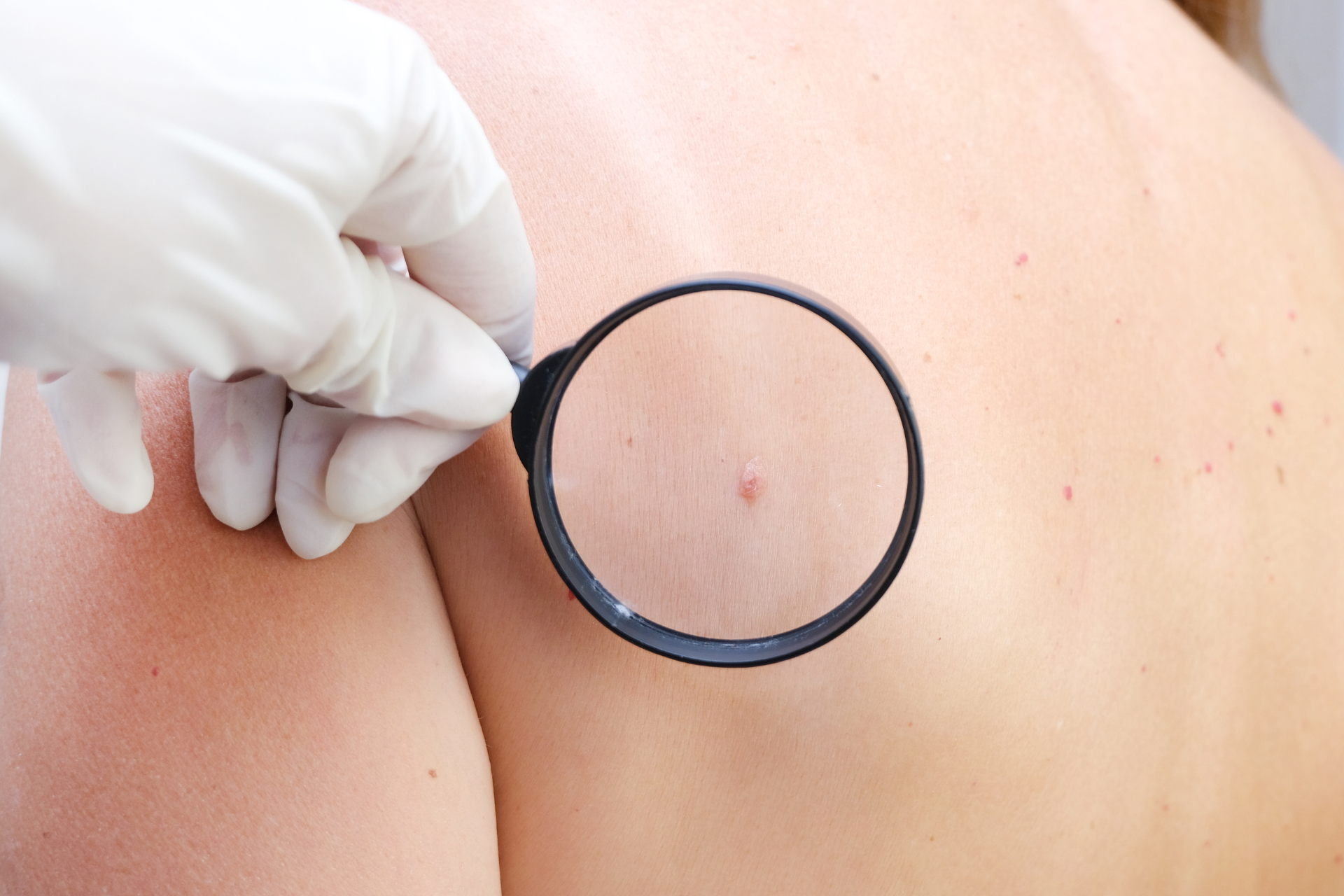Understanding Skin Cancer: Prevention, Detection, and Treatment Options

Skin cancer is one of the most common types of cancer in the world, affecting millions of people each year. Understanding the importance of skin cancer prevention, early detection, and available treatment options is crucial in maintaining overall skin health. At Fall Creek Skin and Health Clinic, we are committed to educating and assisting our patients in managing their skin health effectively. In this blog post, we will delve into the essential information on skin cancer, including prevention strategies, detection methods, and treatment options.
Prevention
The first line of defense against skin cancer is prevention. Protecting your skin from harmful UV rays is key in reducing the risk of developing this potentially deadly disease. Here are some effective prevention strategies:
1. Sun Protection
Limit exposure to the sun, especially during peak hours between 10 am and 4 pm. Use sunscreen with a high SPF rating, wear protective clothing, and seek shade whenever possible.
2. Avoid Tanning Beds
Tanning beds emit harmful UV radiation that can significantly increase your risk of developing skin cancer. Opt for sunless tanning products for a safer alternative.
3. Regular Skin Checks
Keep an eye on any changes in your skin, such as new moles or changes in existing ones. Early detection plays a crucial role in successful skin cancer treatment.
Detection
Regular self-examinations and routine skin checks by a dermatologist are vital in detecting skin cancer at an early stage. Fall Creek Skin and Health Clinic offers comprehensive skin cancer screenings to assess your skin health and identify any suspicious lesions. Here are some signs to watch out for:
1. Changes in Moles
Look for moles that are asymmetrical, have irregular borders, multiple colors, or have grown in size.
2. New Growth
Pay attention to any new growths or sores that do not heal within a reasonable time frame.
3. Unusual Symptoms
Watch for any persistent itching, tenderness, or bleeding on the skin that could indicate a potential skin cancer lesion.
Treatment Options
If skin cancer is detected, various treatment options are available depending on the type and stage of the cancer. At Fall Creek Skin and Health Clinic, our experienced dermatologists will create a personalized treatment plan tailored to your individual needs. Here are some common treatment options for skin cancer:
1. Surgical Excision
The most common treatment for skin cancer involves surgically removing the cancerous lesion along with a margin of healthy tissue.
2. Mohs Surgery
This specialized surgical technique is used for removing skin cancer with a high cure rate while preserving as much healthy tissue as possible.
3. Topical Medications
For certain types of skin cancer, topical medications may be prescribed to target and destroy cancer cells.
In conclusion, understanding skin cancer, implementing preventive measures, early detection, and exploring available treatment options are crucial steps in maintaining healthy skin. Fall Creek Skin and Health Clinic is dedicated to providing comprehensive skin care services to patients of all ages. Remember, regular skin checks and consultations with a dermatologist are key in protecting your skin health. Stay informed, stay vigilant, and prioritize your skin health for a brighter and healthier future.




